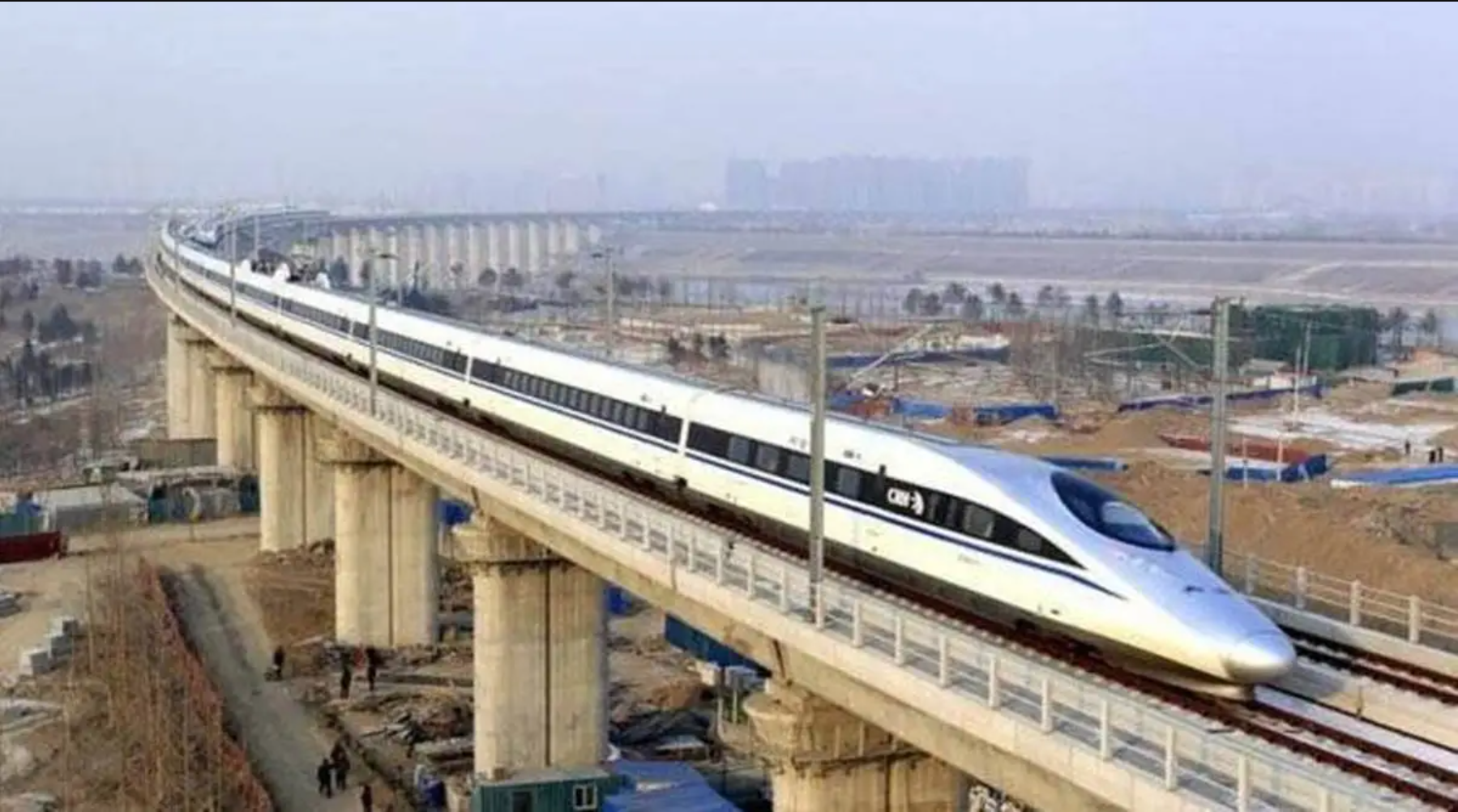The Mumbai-Ahmedabad bullet train project, also known as the high-speed rail (HSR) corridor, is one of the most ambitious and futuristic transportation projects in India. The project aims to connect the two major cities of Mumbai and Ahmedabad with a bullet train that can achieve a maximum speed of 320 km per hour, reducing the travel time to just two hours.
The project is being executed by the National High Speed Rail Corporation Ltd. (NHSRCL) with financial and technical assistance from Japan. The project cost is estimated at Rs. 1.1 lakh crore, of which Rs. 88,000 crore is being provided by Japan as a soft loan at an interest rate of 0.1%.
The project has been making steady progress since the work began in November 2021. On Monday, February 12, 2024, the Union Minister for Railways, Communications, Electronics & Information Technology, Ashwini Vaishnaw, shared an animated video of the project on the microblogging platform X, revealing 10 features of the bullet train.
The video showcased the following features of the bullet train:
- The bullet train will cover a distance of 508 km between Mumbai and Ahmedabad, passing through 12 stations: Mumbai (Bandra Kurla Complex), Thane, Virar, Boisar, Vapi, Bilimora, Surat, Bharuch, Vadodara, Anand/Nadiad, Ahmedabad, and Sabarmati.
- The bullet train will run on a standard gauge track of 1435 mm, with continuous automatic train control (DS-ATC) signaling system and 2 x 25 KV AC overhead catenary (OHE) traction.
- The bullet train will be powered by 12 traction substations, 2 depot substations and 16 distribution substations along the route.
- The bullet train will have a safety feature of urgent earthquake detection and alarm system (UrEDAS) for automatic braking in case of an earthquake.
- The bullet train will have a rolling stock of 24 trains, each with 10 coaches and a capacity of 750 passengers. The trains will be based on the Shinkansen E5 series, which are capable of running at a maximum speed of 350 km per hour.
- The bullet train will have three depots for maintenance and stabling of trains: Sabarmati Rail Depot, Surat Rail Depot and Thane Rail Depot.
- The bullet train will have an elevated viaduct of 468 km, an underground section of 27 km (including 2 km under the sea at Thane Creek), and an at-grade section of 13 km.
- The bullet train will have a tunnel boring machine (TBM) for constructing the underground section in Mumbai, which will be one of the largest TBMs in the world with a diameter of 14.5 meters.
- The bullet train will have a state-of-the-art high-speed rail training institute (HSRTI) in Vadodara, which will train around 4,000 employees for the project.
- The bullet train will have a positive impact on the economy, environment, tourism, employment and social integration of the regions along the corridor.
The minister also expressed his confidence that the project will be completed by December 2026, as per the revised deadline. He said that the project will be a game-changer for India’s transportation sector and a symbol of the strong friendship between India and Japan.



